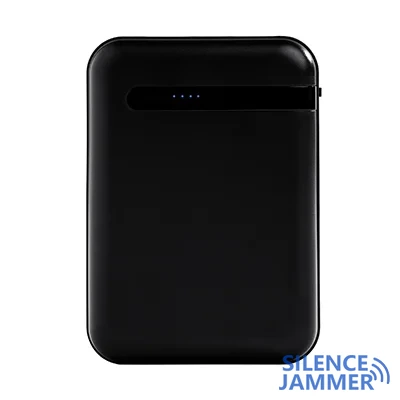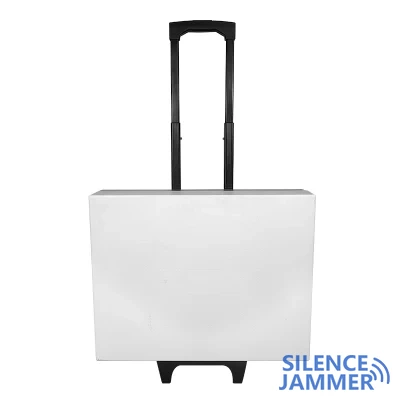A signal jammer is a widely used device used to interfere with wireless communications or navigation systems. It can cover and suppress target signals by emitting electromagnetic waves of specific frequencies, making them unable to communicate normally. In some cases, it becomes critical to determine whether a signal jammer is present. This article will explore methods and techniques on how to determine whether there is a signal jammer.

- Sense abnormal signals
- Observe communication abnormalities
- Check the spectrum
- Search for potential sources of interference
- Check around the equipment
- Use a signal detector
- Further verification
- Track the signal source
- Rule out other possibilities
- preventive solution
- Report to relevant departments
- Take protective measures
If you find that the signal strength of a wireless communication device (such as a mobile phone, Wi-Fi router, etc.) suddenly weakens or disappears, or the communication quality deteriorates, the signal may be affected by a jammer.
Using a spectrum analyzer or wireless signal monitoring device, scan the spectrum of the target area. If you notice unusual spectrum activity, especially unknown signals or signals at unusual frequencies, it may be a sign of a signal jammer.
Check carefully around the device for locations where jammers might be hidden, such as near buildings, vehicles, or telecommunications facilities. Signal jammers are often hidden in these locations to maximize their impact on communications.
A signal detector is a portable device that can help you detect and locate potential signal interferers. By moving the detector and monitoring changes in signal strength, you can determine whether a jammer is present and roughly determine its location.

If you suspect a signal jammer is present at a location, you can take further investigative steps, such as tracking the exact location of the signal source or monitoring with reconnaissance equipment.
When determining whether a signal jammer is present, be sure to rule out other possibilities. Sometimes communication problems can be caused by factors such as equipment failure, network congestion, or weather conditions.
If the presence of a signal jammer is confirmed, promptly report it to the relevant department or agency to assist them in taking further actions to resolve the interference problem.
In an environment subject to signal interference, take appropriate protective measures, such as using encrypted communications, changing communication channels, or using anti-interference equipment, to ensure the security and stability of communications.
Determining the presence of signal jammers is an important task that can help ensure the normal operation of wireless communications and navigation systems. By sensing abnormal signals, searching for potential interference sources and further verification, we can effectively determine whether there is a signal jammer and take corresponding measures to solve it. This work requires the efforts of all parties to jointly maintain the stability and security of the communication network.


